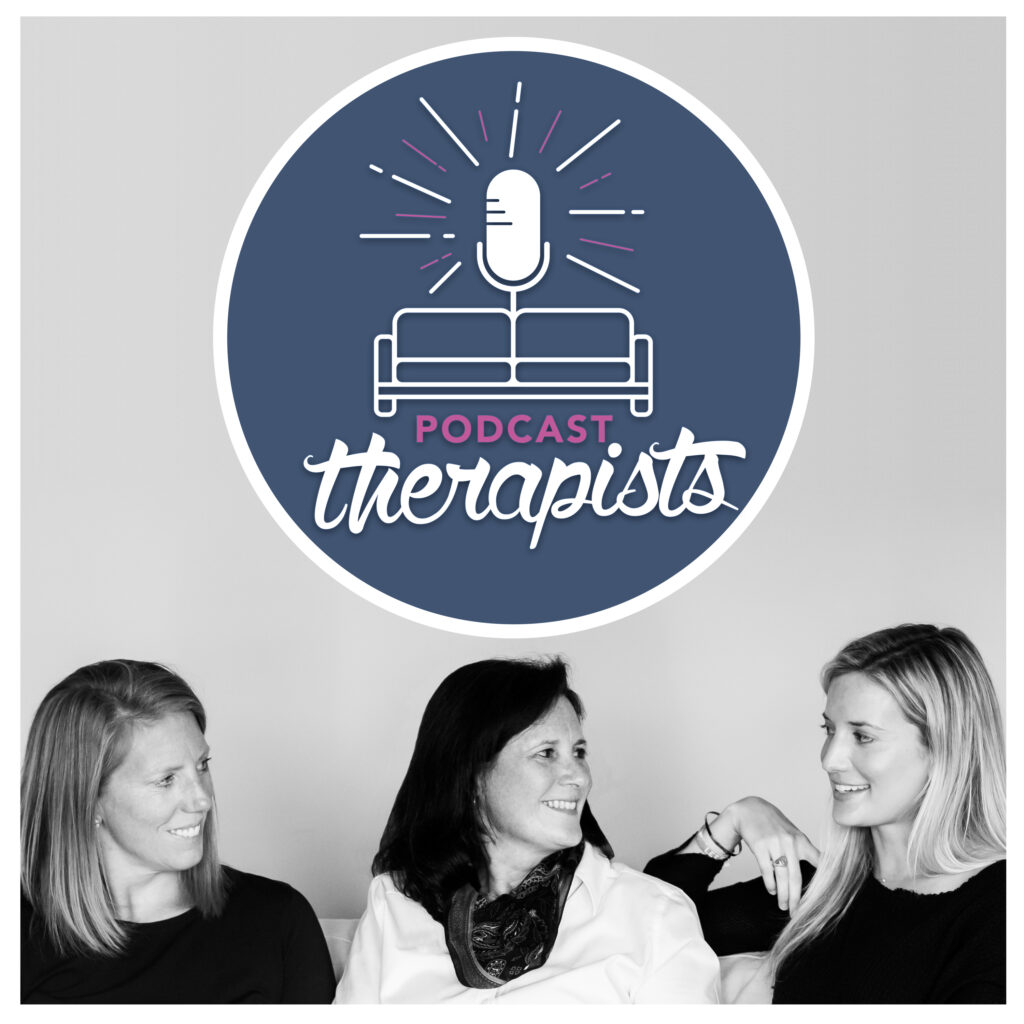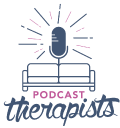Disordered Eating – Part 3: The Basics of Intuitive Eating With Ashleigh Sellman, RD

Eat when you’re hungry and stop when you’re full. Sounds easy, right? Because of our upbringing and the culture we live in, it’s actually harder than it sounds.
Today, we’re bringing on Ashleigh Sellman, registered Dietician and amazing woman, to talk about exactly that: the basics of intuitive eating.
This is relevant for everybody, to be able to learn how to connect
Ashleigh Sellman
and listen to and trust our bodies. But it’s certainly relevant for
our at-risk youth.
What is intuitive eating?
Intuitive eating is an eating style that promotes a healthy attitude toward food and body image. The basic idea behind it is simple: eat when you’re hungry, stop when you’re full. From the day we’re born, our body is designed to constantly be assessing whether or not it’s in balance, and what it needs to stay in balance. The body will let us know when we need something. The idea behind intuitive eating is that we need and want to pick up on our body’s cues of hunger early on. From a parenting perspective, we want to teach our children to pick up on those cues so they can recognize them and listen to them.
Even this basic definition may trigger a lot of different thoughts for you. It certainly does for us. Worry that we’ve been doing it all wrong, overwhelm on how to fix it. Know that this is normal and 100% okay.
It may even trigger some skepticism. “My child will only eat candy and will refuse to eat dinner afterward.” “What if my child keeps overeating and becomes obese?” Tune in to today’s episode to hear Ashleigh’s thoughts on all of this. This quote will already answer some of your questions:
The body is not designed to overeat.
Ashleigh Sellman
The body is not designed to be too full.
The body is not designed to eat large quantities
of something that makes us feel sick.
More about Ashleigh Sellman, RD
Ashleigh Sellman is a trained dietician with 20+ years of experience, Certified Intuitive Eating Counselor, and mom of three. In 2019, she opened her own practice, InBody Nutrition Counseling.
More about Virginia Family Therapy
Virginia Family Therapy is a mental health practice serving individuals, families, and our community. VFT is designed to help people at all stages and from all walks of life by offering therapists and physicians with diverse backgrounds and specialties via face-to-face, walk-and-talk, and telemedicine appointments. Throughout, we are committed to developing strengths-based, authentic, and long-lasting relationships with you and your children. We hope to provide you with the support and insight you need to help your family navigate life’s hard times and joys.
Contact us here.
In this episode on the basics of intuitive eating, we cover:
- What is intuitive eating?;
- Reconizing hunger signs and what we can learn from newborns;
- Recognizing signs that you’re full;
- How to parent intuitive eating from infancy through adolescence;
- What to do when your kid is a picky eater;
Resources and links mentioned in this episode
- Are you or your child struggling with mental health? We have a team of psychologists and psychiatrists who can help you out. Don’t hesitate to contact us here.
- We’d love to hear your feedback on our podcast. Why not leave us a review on Apple Podcasts?
- Connect with us on Facebook or Instagram.
- Learn more about Ashleigh and her practice on her website.
- Have you listened to the previous episodes of our series on disordered eating? Start here with the first episode about the toxic culture around body image.
Disclaimer: Please remember we are real live therapists, however this is a podcast and is not considered a therapy session. Not only because there is no co-pay but also because we can’t speak to your individual experiences. We are here to help you keep raising healthy kids. And remember, if you are an imperfect parent, we are right there with you. If you or someone you love is in immediate danger, please call your local crisis hotline or go to your nearest emergency room.
